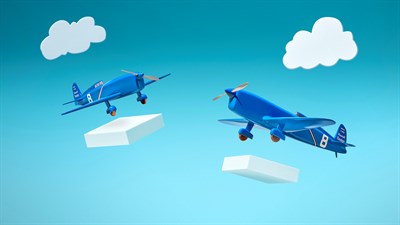Caudron-Renault Rafale
Renault Rafale full hybrid E-Tech

Rafale, a name, a spirit, a story
A legendary aircraft, the Caudron-Renault Rafale had all the genetic traits of our new vehicle: unique technology, boldness, agility and design. Renault Rafale pays homage to the performance-dedicated expertise, technologies and vision that all stem from our aviation history.
1920s
air, rail, road
Renault played a pioneering role, developing engines for cars, trains and aircraft.
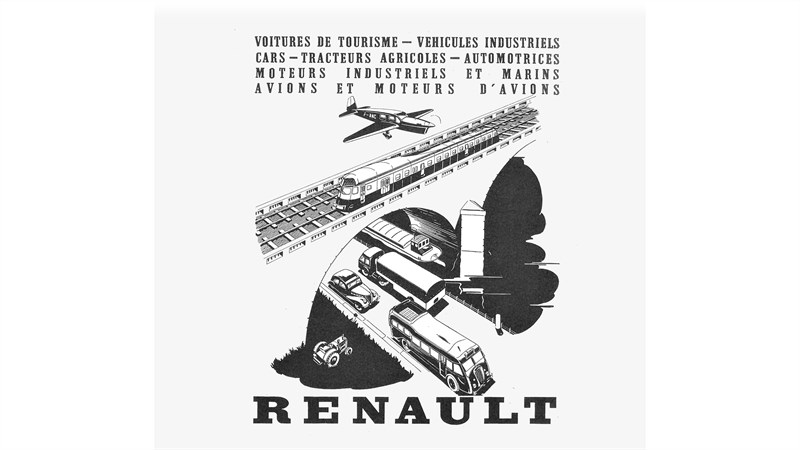
1933
a step into aeronautics
Fascinated by aviation and the world of amateur air racing, Louis Renault buys out the Caudron company and creates the Caudron-Renault company.
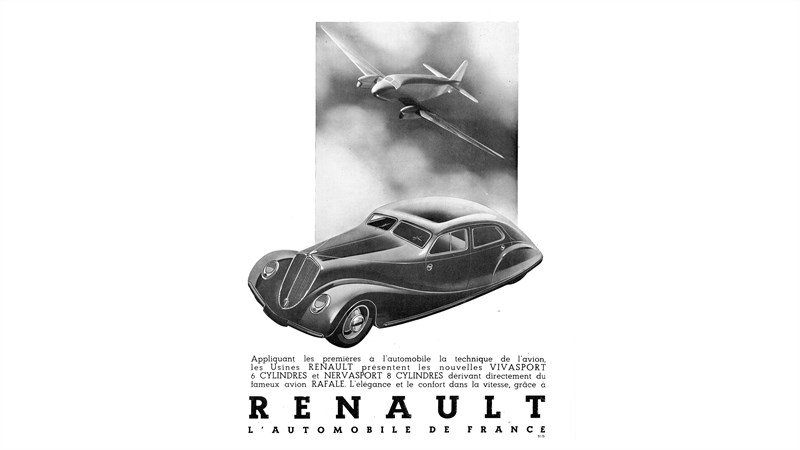
1934
design of the Caudron-Renault Rafale
A history of French aerodynamics and design. This “sky racer”, whose name was inspired by the wind, was designed for sports competitions.
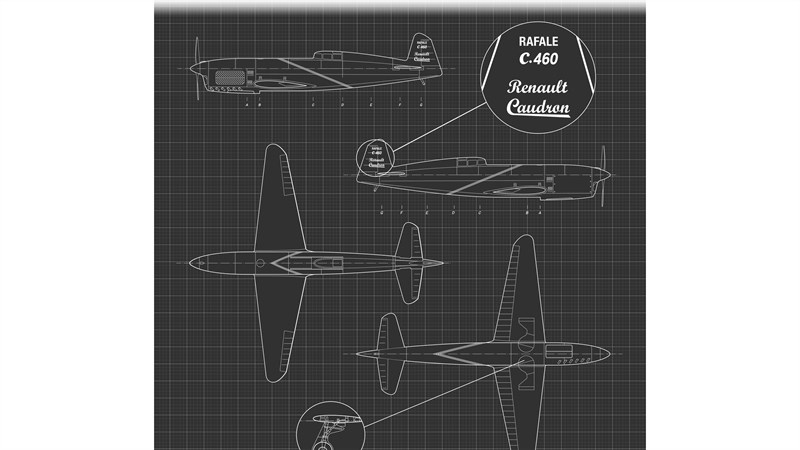
1934
aeronautical aerodynamic influence
The work of Marcel Riffard, the engineer who designed the Caudron-Renault Rafale aircraft, influenced the design of Renault Nervasport and Renault Étoile Filante.
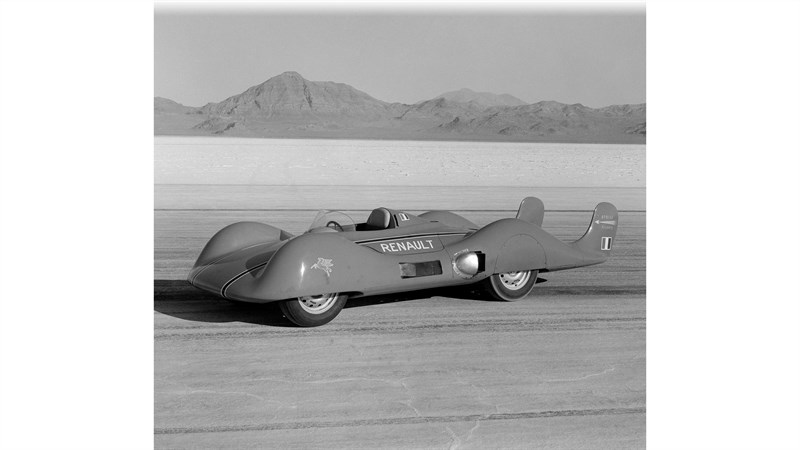
a success story
This pioneering spirit, this taste for going above and beyond, was already very much in evidence in the 1930s, when the ‘aces’ of aviation were Hélène Boucher, Maryse Bastié, Madeleine Charnaux, Maryse Hilsz…
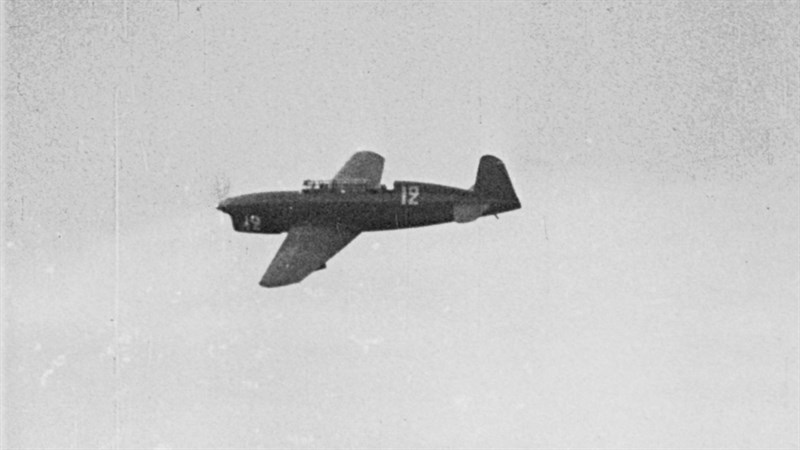
Hélène Boucher
Hélène Boucher, a prodigious aviator, signs a contract with the young Caudron-Renault company in June 1934. She went on to achieve many feats: a 1000 km world record for light aircraft; an all-category 100 km international speed record; a 1000 km record with an average speed of 409 km/h.
On 8 July 1934, she finishes second in the Angers 12-hour race after flying her Caudron-Rafale alone for twelve hours straight. One month later, at the controls of a 140 hp Caudron-Renault monoplane, she sets the female world record with a speed of 445 kph!
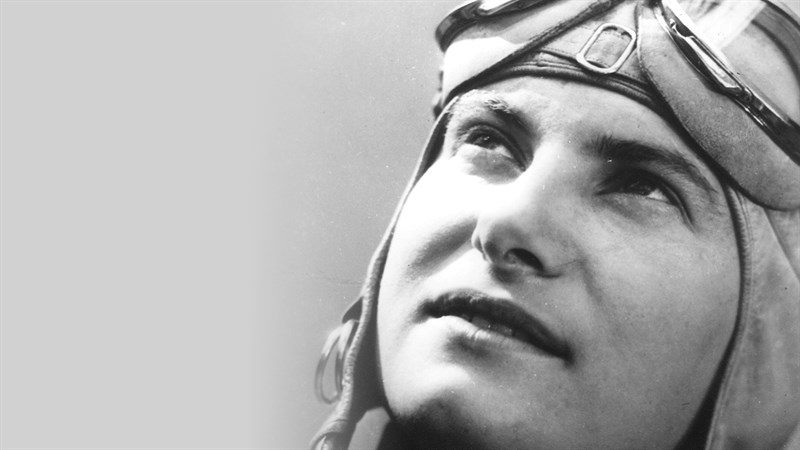
and so many other records…
Maryse Hilsz
A strong-willed woman of action, Maryse Hilsz held numerous speed and distance records. On 30 December 1938, she broke the distance record for flying non-stop in a category 1 plane, in a Caudron Simoun, by flying to Port Etienne (Mauritania) from Istres – a flight of 3,230 km.
Madeleine Charnaux
Hired by Caudron-Renault, she was the first ever female pilot to become qualified in poor visibility flying. She soon went on to break a number of records at the controls of her Rafale, including the women’s and overall 1,000 km speed records, the 100 km duo record and then the solo record.
Maryse Bastié
She was the first French woman aviator to set multiple women’s records. Barely a month after Jean Mermoz disappeared, she crossed the southern Atlantic from Dakar to Natal in 12 hours and 5 minutes, flying solo aboard a 220 hp Caudron Simoun, setting a female world speed record for the route.
audacity, emotion, success
Like F1® today, sports aviation in the 1930s was a laboratory for cutting-edge research and development. High standards, innovation and going the extra mile are values that have stood the test of time; they are reflected today in our offices, our factories and our products. Renault Rafale is a striking example of this.
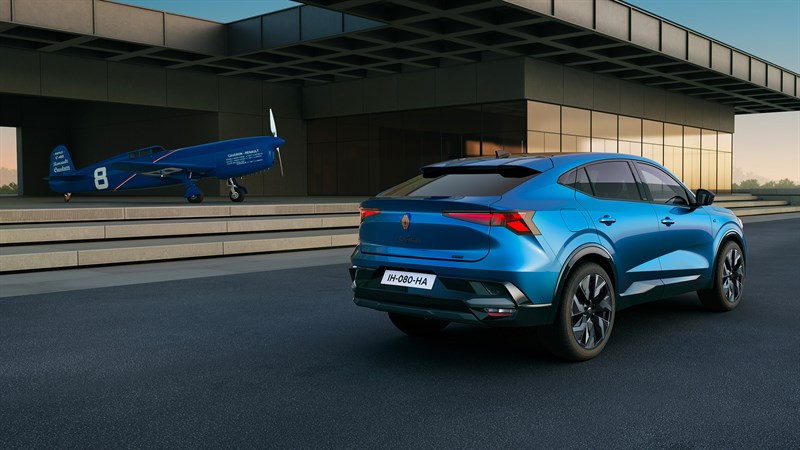
more information coming soon

Rafale E-Tech hybrid
